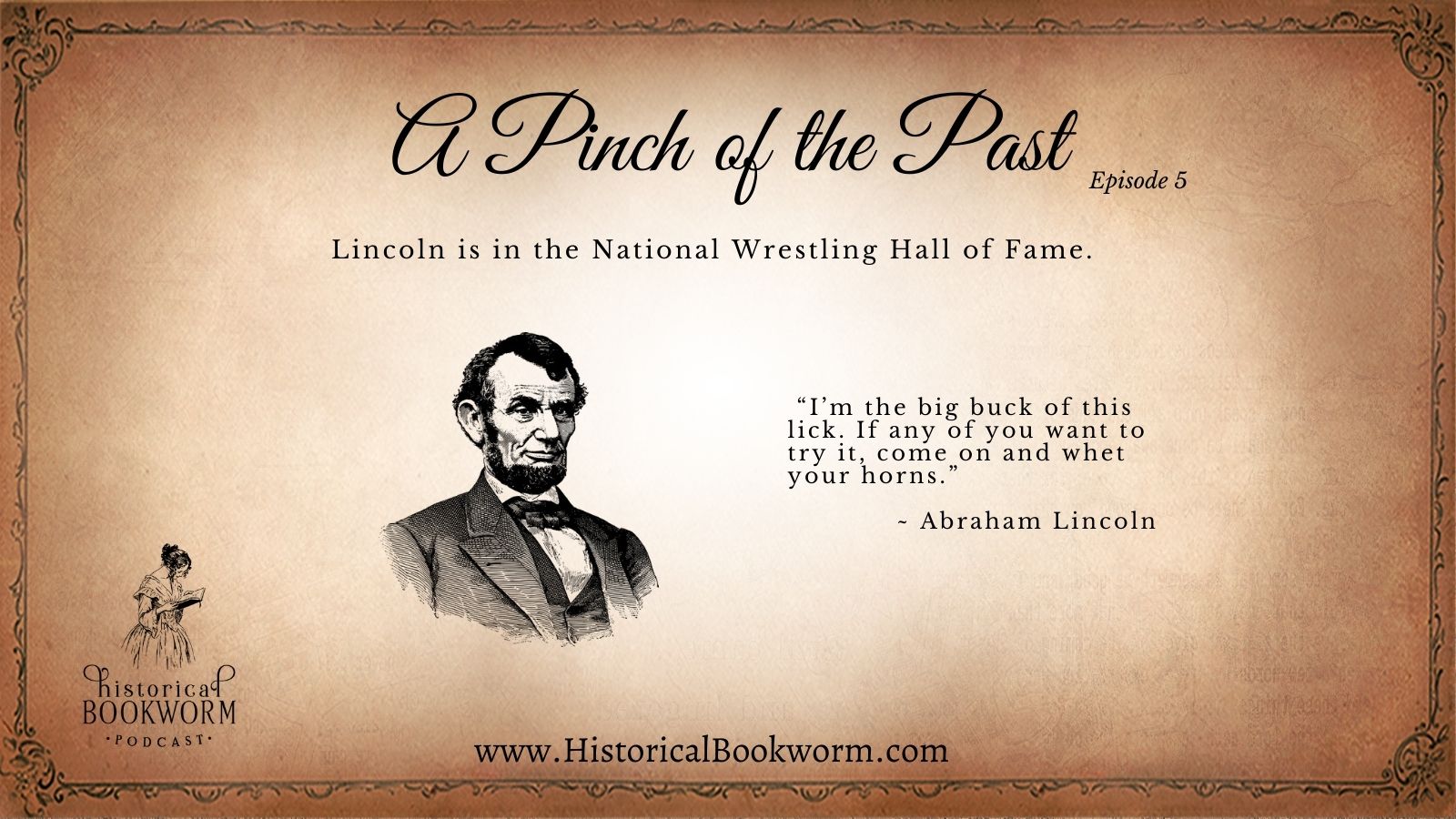About the Book
1940. Hanna Tillich cherishes her work as an archaeologist for the Third Reich, searching for the Holy Grail and other artifacts to bolster evidence of a master Aryan race. But when she is reassigned to work as a museum curator in Nuremberg, then forced to marry an SS officer and adopt a young girl, Hanna begins to see behind the Nazi facade. A prayer labyrinth becomes a storehouse for Hanna’s secrets, but as she comes to love Lilly as her own daughter, she fears that what she’s hiding–and what she begins to uncover–could put them both in mortal danger,
Eighty years later, Ember Ellis is a Holocaust researcher intent on confronting hatred toward the Jewish people and other minorities. She reconnects with a former teacher on Martha’s Vineyard after she learns that Mrs. Kiehl’s mother once worked with the Nazi Ahnenerbe. And yet, Mrs. Kiehl describes her mother as “a friend to the Jewish people.” Wondering how both could be true, Ember helps Mrs. Kiehl regain her fractured childhood memories of World War II while at the same time confronting the heartache of her own secret past–and the person who wants to silence Ember forever.
The Review
Melanie Dobson’s book The Curator’s Daughter is a heart wrenching yet inspiring read.
The modern day character Ember is shrouded in mystery so the unraveling of her traumatic past as well as that of her past romance, is fascinating.
Hannah, the main female character in WW2 Germany is troubled–typical of one living in war time. Her struggle to do what is right amidst the ravishment of her country and the expulsion and murder of Jewish people is heart wrenching to read.
Disclaimer: I voluntarily reviewed a complimentary copy of this book which I received from the publisher. All views expressed are only my honest opinion.
About the Author

Melanie is the award-winning author of more than twenty historical romance, suspense, and time-slip novels. Five of her novels, Memories of Glass, Chateau of Secrets, Catching the Wind, The Silent Order and Love Finds You in Homestead, Iowa, have received Carol Awards. Catching the Wind received the Inspirational Fiction Audie Award in 2018 and was nominated for a Christy Award in historical fiction. The Black Cloister, her novel about a dangerous cult, was named the ForeWord Religious Fiction Book of the Year.
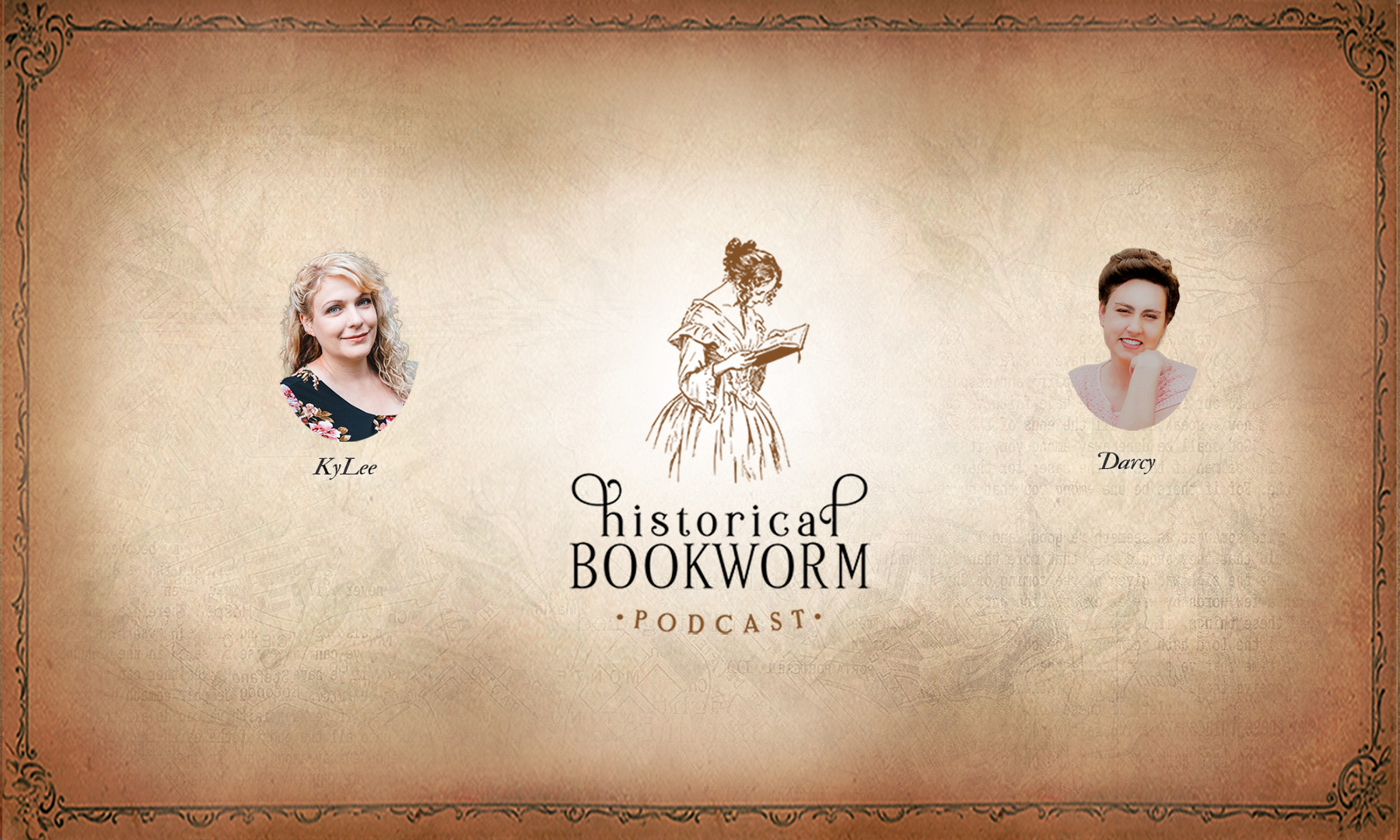
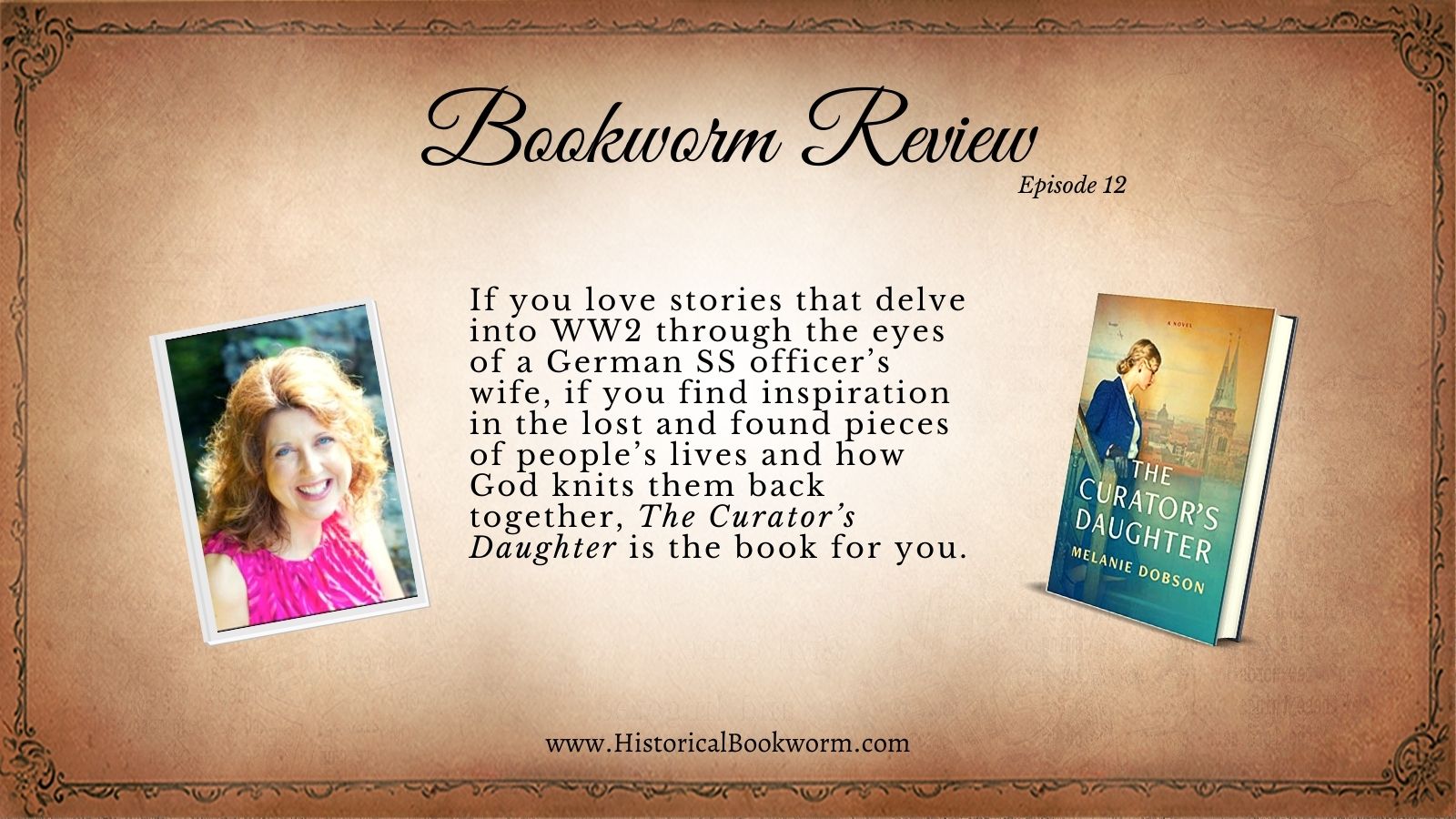
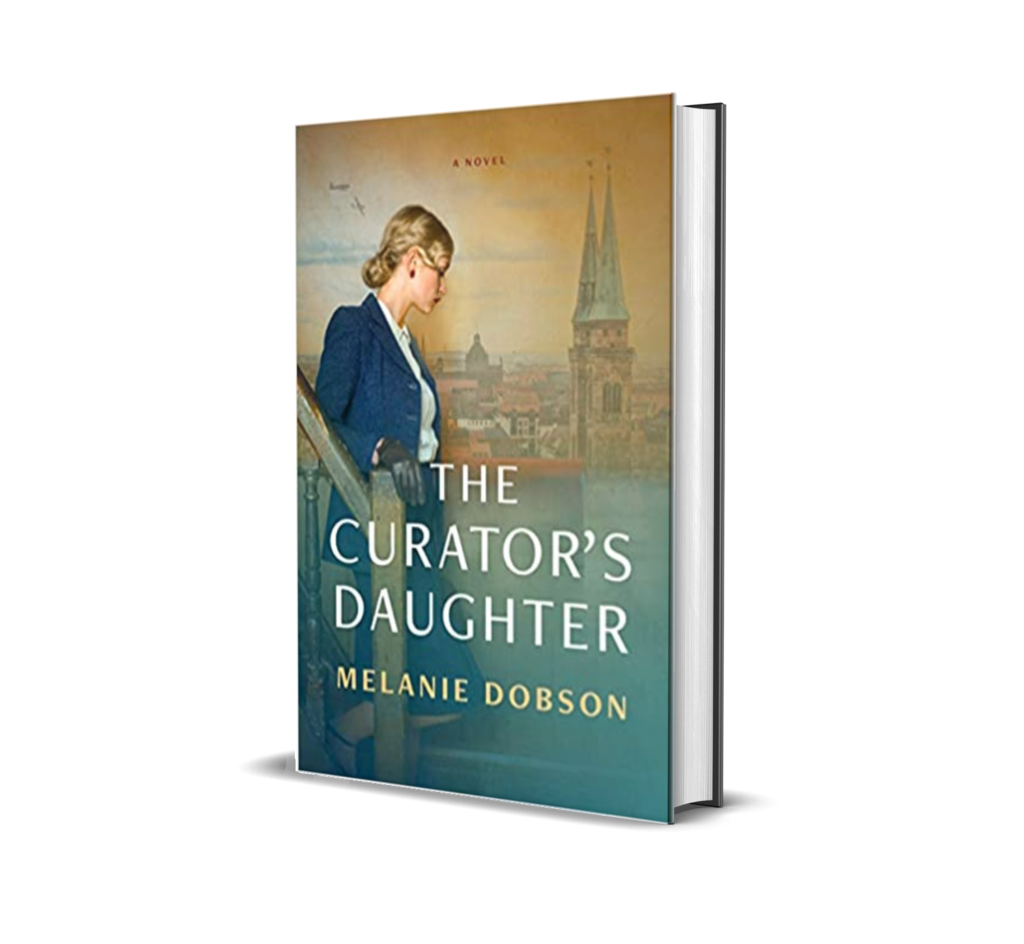

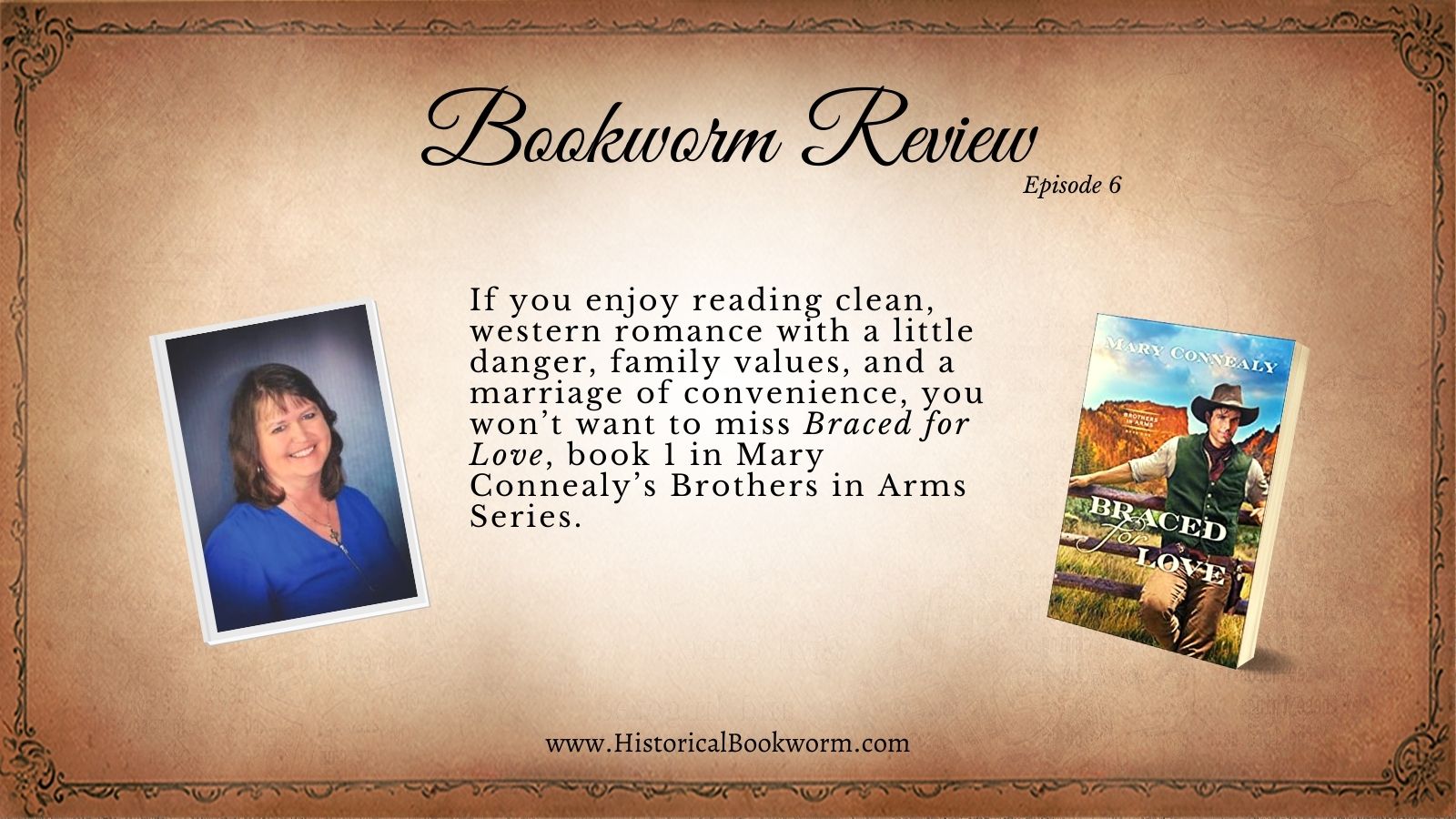
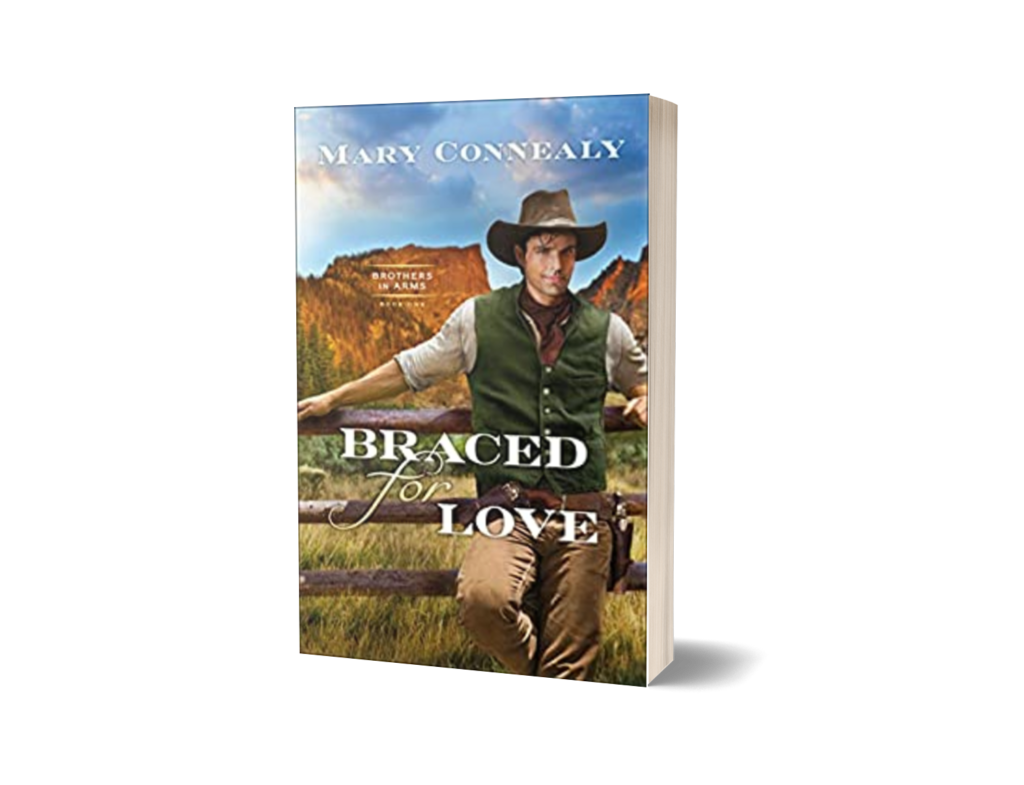
 Mary Connealy
Mary Connealy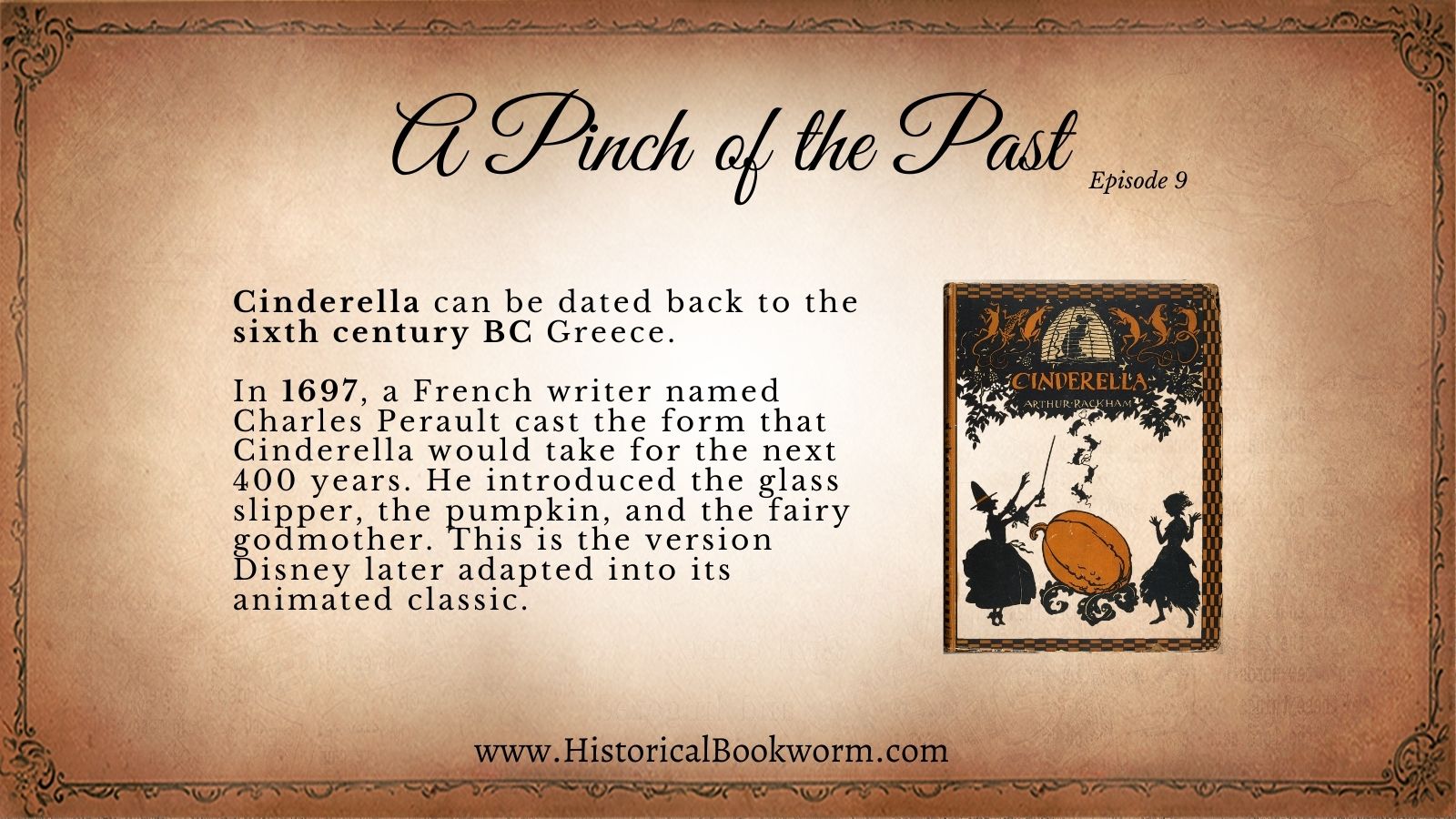


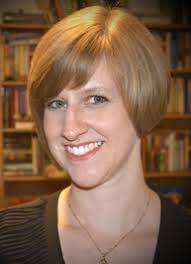 Roseanna M. White
Roseanna M. White
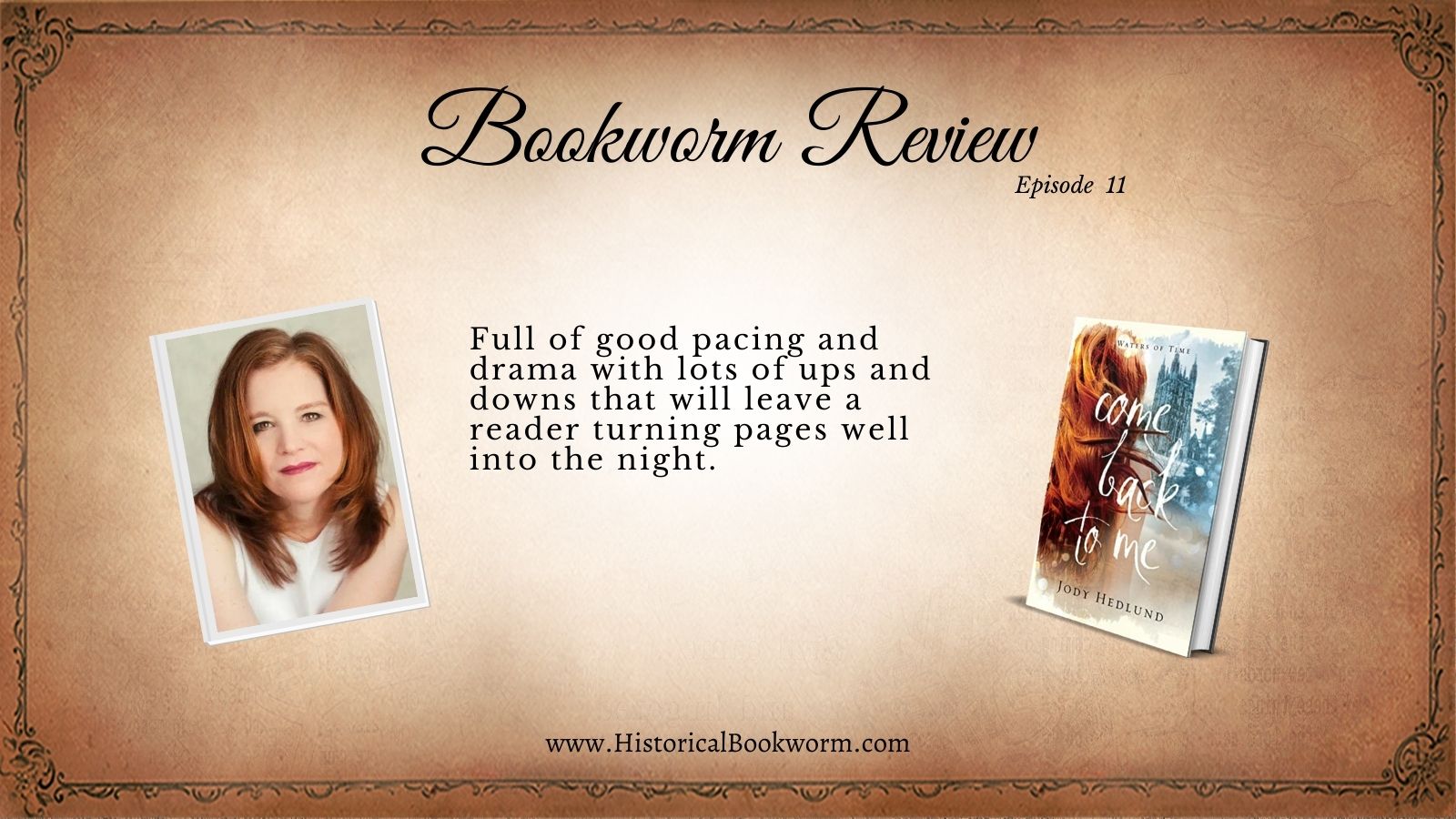



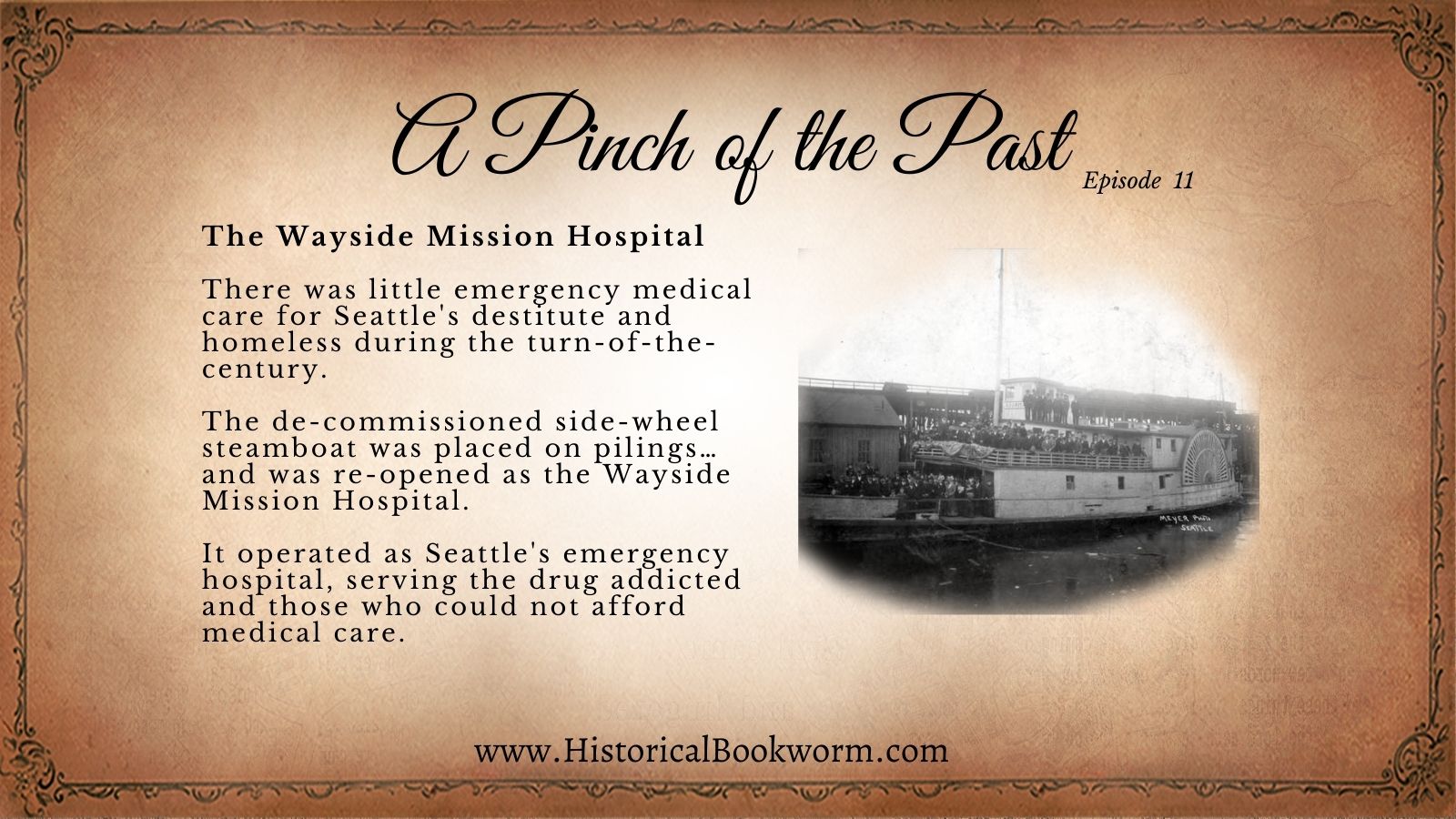
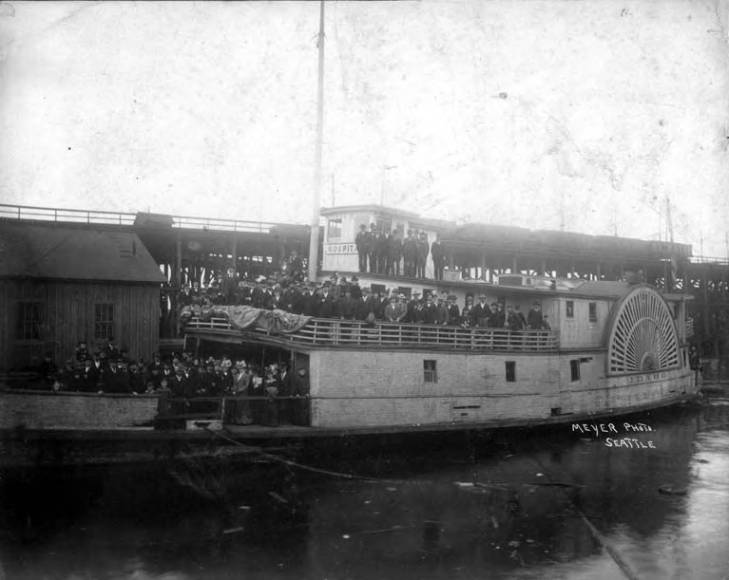


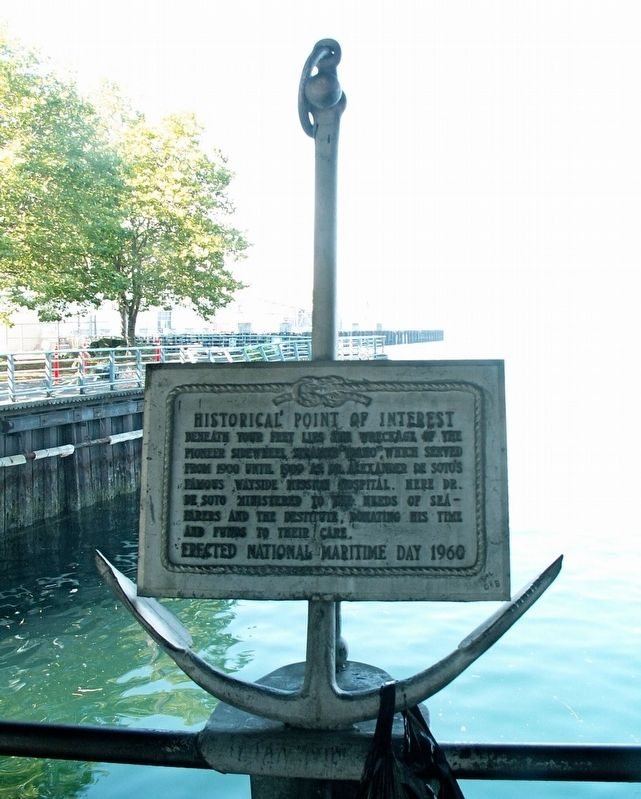
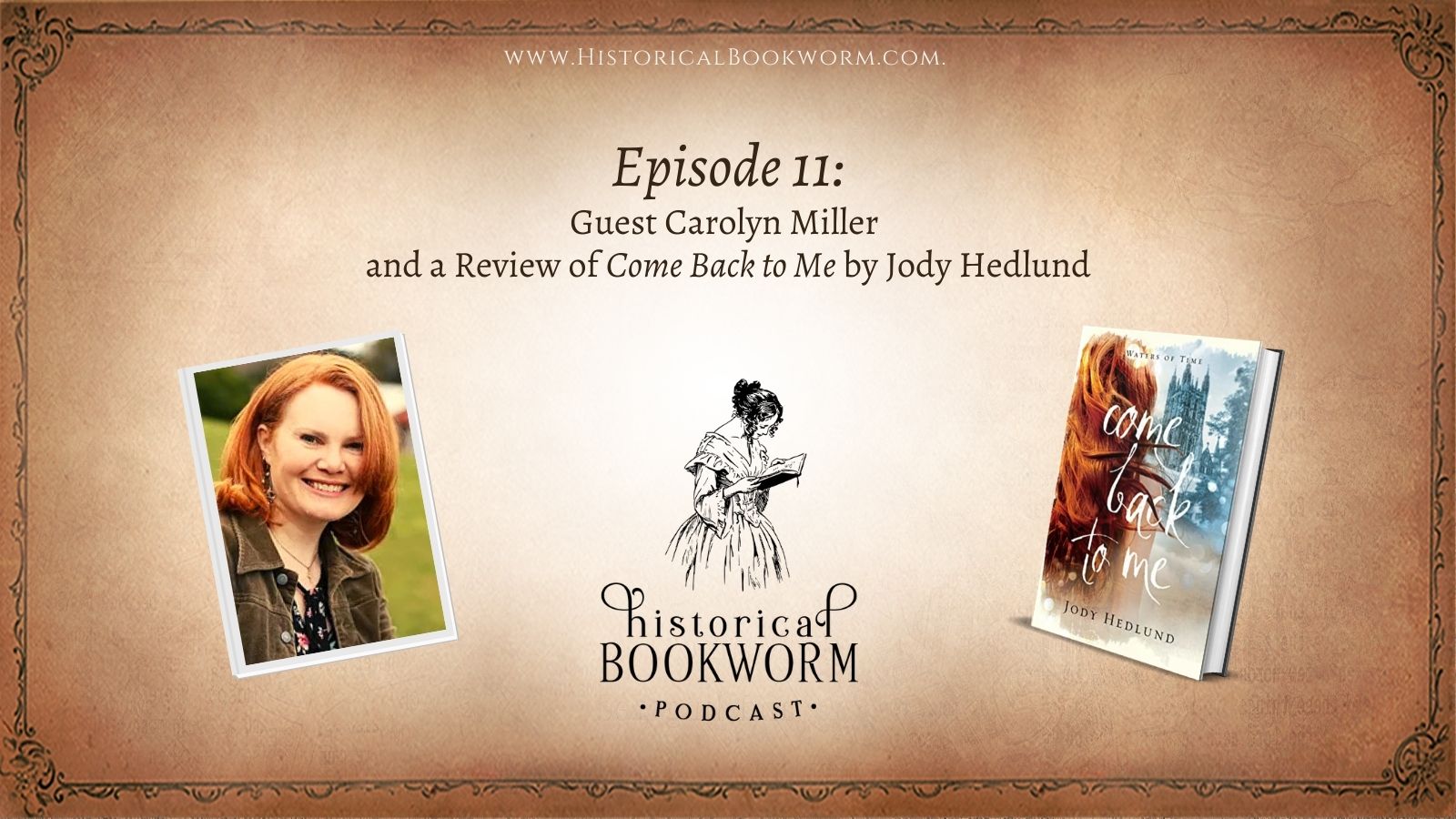
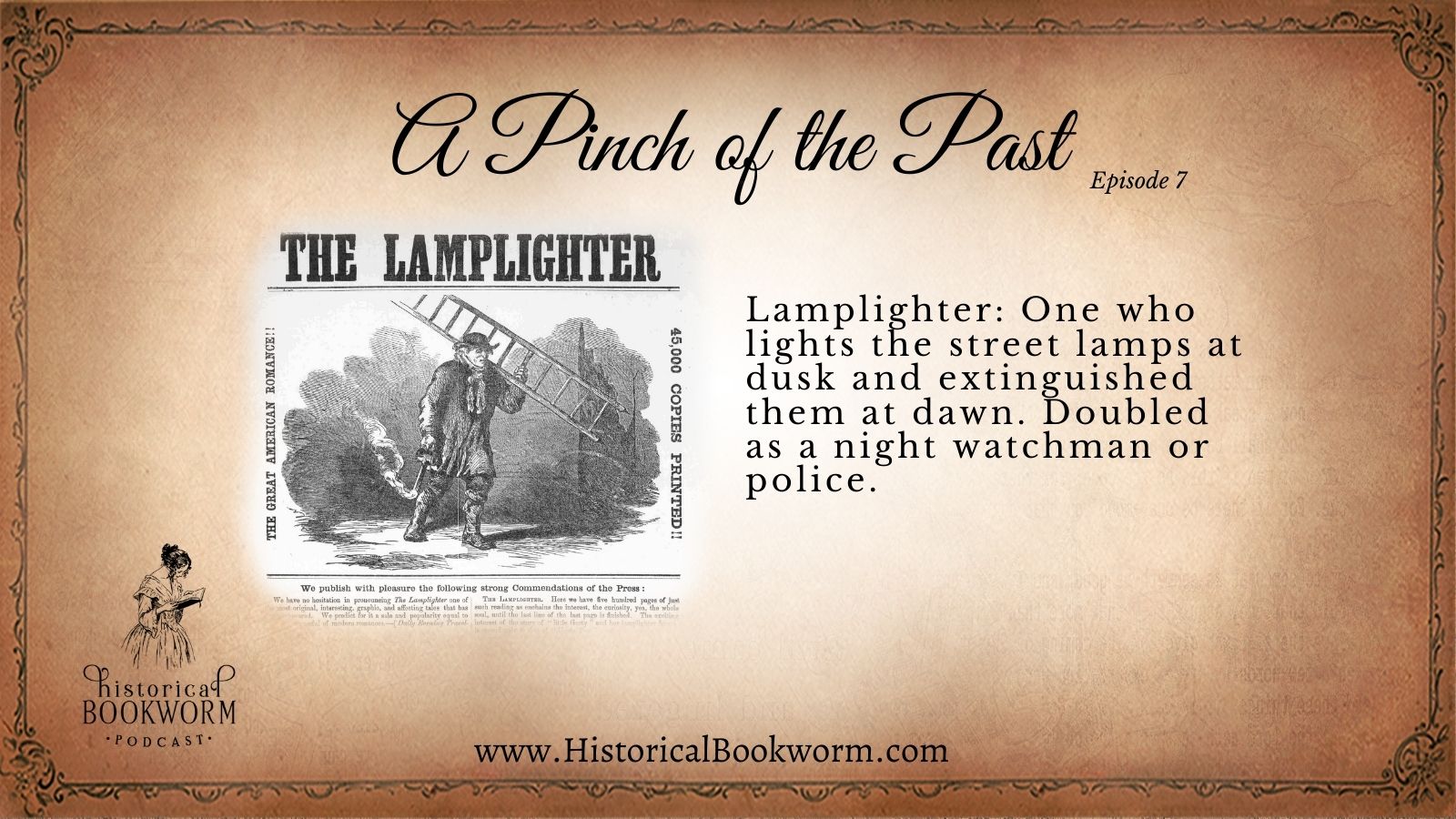
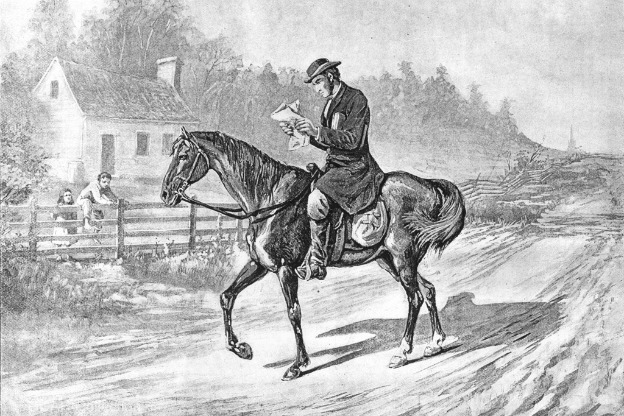

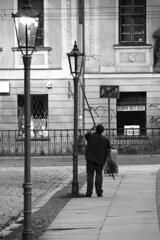
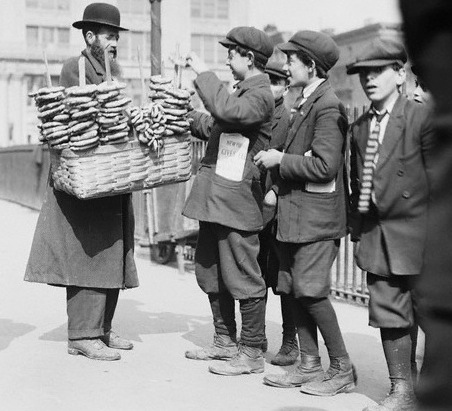

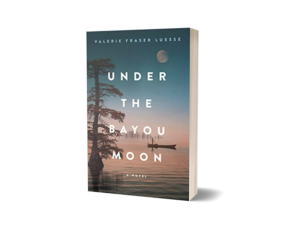 When Ellie Fields accepts a teaching job in a tiny Louisiana town deep in bayou country in 1949, she knows her life will change—but she could never imagine just how dramatically.
When Ellie Fields accepts a teaching job in a tiny Louisiana town deep in bayou country in 1949, she knows her life will change—but she could never imagine just how dramatically. Valerie Fraser Luesse
Valerie Fraser Luesse